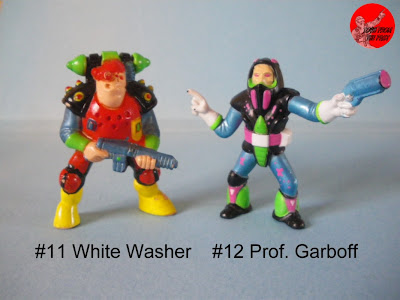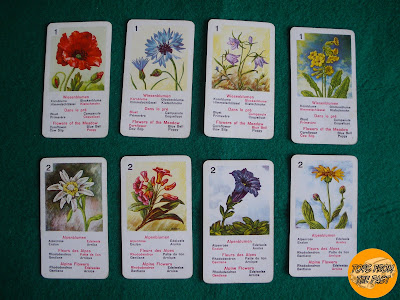First is that the blog is going great, and receiving many visitors each day. We are already over 10.000 visitors from all over the world. We have improved the quality of the pictures, keeping most of the times it original size, so you can really zoom on them to see the details.
Something else, that you probably have noticed, is that I publish 11 articles each month. This was just a coincidence the first two months of the blog, but I then decided to keep it so, publishing an article each 3 days, plus one or two shorter ones (book, continuation of a previous one, or this one) randomly. This will remain this way, since I think it is a good average for a blog written by only one person. The last article of the first year is number 100 just by chance.
I bring a few stats that no one will care about, but maybe some of the most “loyal” readers.
First is a graph, showing how many articles have appeared so far in this blog sorted by year. The highest peaks are located in 1988, 1989 and 1970. This is so because I was born in 1981, and most toys I had were released around 1988. The peak in 1970 is just a chance. Figures tend to appear after 1975 and cars before 1980, but there are exceptions.
Another interesting graph is the “cloud” of labels in all articles published until today. Most recurrent labels are "U.S.A.", “figures”, “car” and "Spain". U.S.A. is the country of the most important toymakers, Spain appears because I'm writing about many toys I had in my youth and Figures and Cars are the most generic labels for my articles.
And probably the most interesting stats from any blog, the top 10 articles and the top 10 countries by number of visits.
Among the top articles, it is surprisingly high the article about Kidco’s Key Car Knight 2000. I didn’t expect it to be so popular, and even more surprising is the high rank of the Hero Quest article in just one month and a few days.
The top 10 countries by number of visitors list show no surprises: 1. United States; 2. Spain; 3. United Kingdom; 4. Germany; 5. France...
(All stats were registered on the 18th December 2011, )
And finally, I have started some kind of market to trade the toys I have doubled. It has been working for around one month now. Check it here: Toys for Trade.
I prefer to exchange toys, rather than sell them, although if you don’t have anything to exchange, but you're interested in something, you can always ask me if I would sell this or that. Contact email is on the right side of this window.
I tend to value those toys according to Ebay auctions: I search for finished auctions (or “Buy it now” listings) that have ended recently. I think this is the best indicator of the price that is being paid for a certain thing.
As you can probably deduct from this blog, I am interested in many vintage toy-lines. I have “want-lists”, but they are long and need a lot of space, if you have vintage toys you want to get rid of, I might be interested in them.
By the way... Happy 2012!




































.JPG)





.JPG)
.JPG)
.JPG)
.JPG)
.JPG)











